Trinidad Moruga Scorpion
Species: Capsicum chinense | Origin: Trinidad and Tobago | Pungency: Super Hot
Trinidad Moruga Scorpion, also known as 'Trinidad Scorpion Moruga', 'Trinidad Scorpion Moruga Blend' and 'Moruga Scorpion', but sometimes wrongly labelled as 'Moruga Red' (see below), is one of the hottest chillies in the world and was developed by a Trinidadian man named Wahid Ogeer, a self-taught farmer who operates a 25-acre farm at Chickland Caparo Road in Freeport, Trinidad and Tobago. The variety was named after the village of Moruga, which is situated in Victoria County and lies on the central south coast of Trinidad at the western end of the Trinity Hills. The district of Moruga is believed to be the place where Christopher Columbus landed when he discovered Trinidad for the first time during his third voyage to the Americas (1498–1500).
In 2011, New Mexico State University's Chile Pepper Institute (CPI) performed a study to establish the heat levels of several high-heat chilli pepper (Capsicum chinense) varieties (Trinidad Moruga Scorpion, Bhut Jolokia, Trinidad Scorpion, Douglah Trinidad Chocolate and Trinidad 7-Pot Jonah) to determine which variety had the highest average measured heat level and the relatedness of the chilli peppers using molecular analysis. The analysis revealed that Trinidad Moruga Scorpion had the highest average heat level, measuring 1,207,764 Scoville Heat Units (SHU), with two plants exceeding 2 million SHU (2,009,231 and 2,006,598 SHU), making it the first ever chilli to surpass the 2 million Scoville mark. In February 2012, the Chile Pepper Institute identified it as the hottest chilli in the world, and it held the title for 18 months before eventually being replaced by the Carolina Reaper on the 7th August 2013.
Although the Chile Pepper Institute identified the Trinidad Moruga Scorpion as being the hottest chilli in the world, it was never certified by the Guinness Book of World Records. The previous official record holder prior to the Carolina Reaper was the Trinidad Scorpion Butch T, which was propagated in the United States by Butch Taylor of Zydeco Hot Sauce and rated at 1,463,700 Scoville Heat Units (SHU). It held the title of world's hottest chilli from the 3rd March 2011 until the 7th August 2013, when it was surpassed by the Carolina Reaper, also known as 'HP22B', which was rated at 1,569,300 SHU. The Carolina Reaper was developed by American plant breeder Ed Currie, the founder and owner of PuckerButt Pepper Company in Fort Mills, South Carolina. It is said to be a cross between a Pakistani Naga and a Red Habanero from the Caribbean island of St. Vincent. The Carolina Reaper was tested again four years later, and on the 11th August 2017 it broke its own record, with an average heat level of 1,641,000 SHU and with peak levels measured at over 2,200,000 SHU.
The Trinidad Moruga Scorpion is recognised as being one of the hottest chillies in the world, but beneath its ferocious, wickedly painful sting lies a delicious tropical Caribbean flavour. Although its heat level has now been surpassed by the Carolina Reaper, the Trinidad Moruga Scorpion is still on par with it, in my opinion. Having cooked with both varieties many times I've never been able to detect any difference between the two in terms of heat. With both varieties having average heat levels measured at over one million SHU and peak levels measured at over two million SHU, it's my personal opinion that both varieties have the same genetic potential. Other factors such as growing conditions, environmental stress and attack from predatory insects can also result in chilli plants producing higher levels of capsaicin.
The plants typically grow to about four feet in height and produce very good yields of squat, wrinkled, Scotch Bonnet-shaped chillies which start lime green and ripen through orange and then to fiery red. About two weeks before the ripening process begins they turn a darker shade of green and the average chilli grows to about golf ball size and has the typical pimply skin texture (rough exocarp) that one would expect from a superhot variety. Trinidad Moruga Scorpion chillies have a very strong citrus-like aroma and a very strong fruity flavour and are great for adding extra fire to hot sauces and keeping wild elephants away from crops. Seriously, these wickedly hot volcanic fireballs are no joke and you need to be very careful when cooking with them!
Despite the fact many websites describe the Trinidad Moruga Scorpion as being a landrace variety from Trinidad and Tobago, the Caribbean Agricultural Research and Development Institute (CARDI) doesn't recognise it as such. There is a landrace variety from Trinidad and Tobago called 'Scorpion', but it's not the same variety as Moruga Scorpion. The Scorpion is a ferociously hot pepper and one that chilli-heads would consider as being a superhot variety. Scorpion chillies are elongated in shape and have a hook-like tail and a rough exocarp. They start light green and ripen through orange and then to blood red. According to CARDI, the Trinidad Scorpion is often wrongfully labelled as 'Trinidad Moruga Scorpion'. In my opinion, the phenotype of the Moruga Scorpion more closely resembles that of the genuine CARDI 7-Pot landrace, which as of writing this is currently unavailable in their hot pepper seed catalogue.
A CARDI employee by the name of Herman Adams once told me that there was no such pepper by the name of Moruga Scorpion. According to him, commercial operators have been observed to arbitrarily rename the hot pepper landraces and market seeds under different names, leading to much confusion. In 2013, a travel blogger published a blog post about how he'd gone in search of the Trinidad Moruga Scorpion whilst visiting the district of Moruga on Trinidad's south coast. He was told by a hot pepper farmer from the region with over 30 years experience growing hot peppers that there was no such pepper by the name of Moruga Scorpion. Even more bizarrely, there are some people who claim that the Moruga Scorpion doesn't come from Trinidad at all, but instead was developed by the Chilli Pepper Institute at New Mexico State University. Even before the Moruga Scorpion was even a thing, I remember reading on an internet forum how the Chilli Pepper Institute was (supposedly) in the process of developing its own scorpion pepper, so maybe that's where this theory originates from.
The Trinidad Moruga Scorpion should not be confused with a variety called Moruga Red, which is a landrace variety from Trinidad and Tobago. The Moruga Red is a Scotch Bonnet-type and is not what chilli-heads would consider as being a superhot variety. The chillies are blocky-shaped with three or four distinct lobes and they start green and ripen through orange and then to blood red. They have a smooth exocarp (outer skin), and according to CARDI the pungency level of the Moruga Red can be as high as 500,000 SHU. The Moruga Red is marketed by CARDI as being an ideal chilli for use in the production of jellies, chutneys and jerk seasonings, and for making chilli flakes, pepper mash and hot sauces. A yellow variant also exists and is called Moruga Yellow.
Page published on: 18th June 2020
Trinidad Moruga Scorpion, also known as 'Trinidad Scorpion Moruga', 'Trinidad Scorpion Moruga Blend' and 'Moruga Scorpion', but sometimes wrongly labelled as 'Moruga Red' (see below), is one of the hottest chillies in the world and was developed by a Trinidadian man named Wahid Ogeer, a self-taught farmer who operates a 25-acre farm at Chickland Caparo Road in Freeport, Trinidad and Tobago. The variety was named after the village of Moruga, which is situated in Victoria County and lies on the central south coast of Trinidad at the western end of the Trinity Hills. The district of Moruga is believed to be the place where Christopher Columbus landed when he discovered Trinidad for the first time during his third voyage to the Americas (1498–1500).
In 2011, New Mexico State University's Chile Pepper Institute (CPI) performed a study to establish the heat levels of several high-heat chilli pepper (Capsicum chinense) varieties (Trinidad Moruga Scorpion, Bhut Jolokia, Trinidad Scorpion, Douglah Trinidad Chocolate and Trinidad 7-Pot Jonah) to determine which variety had the highest average measured heat level and the relatedness of the chilli peppers using molecular analysis. The analysis revealed that Trinidad Moruga Scorpion had the highest average heat level, measuring 1,207,764 Scoville Heat Units (SHU), with two plants exceeding 2 million SHU (2,009,231 and 2,006,598 SHU), making it the first ever chilli to surpass the 2 million Scoville mark. In February 2012, the Chile Pepper Institute identified it as the hottest chilli in the world, and it held the title for 18 months before eventually being replaced by the Carolina Reaper on the 7th August 2013.
Although the Chile Pepper Institute identified the Trinidad Moruga Scorpion as being the hottest chilli in the world, it was never certified by the Guinness Book of World Records. The previous official record holder prior to the Carolina Reaper was the Trinidad Scorpion Butch T, which was propagated in the United States by Butch Taylor of Zydeco Hot Sauce and rated at 1,463,700 Scoville Heat Units (SHU). It held the title of world's hottest chilli from the 3rd March 2011 until the 7th August 2013, when it was surpassed by the Carolina Reaper, also known as 'HP22B', which was rated at 1,569,300 SHU. The Carolina Reaper was developed by American plant breeder Ed Currie, the founder and owner of PuckerButt Pepper Company in Fort Mills, South Carolina. It is said to be a cross between a Pakistani Naga and a Red Habanero from the Caribbean island of St. Vincent. The Carolina Reaper was tested again four years later, and on the 11th August 2017 it broke its own record, with an average heat level of 1,641,000 SHU and with peak levels measured at over 2,200,000 SHU.
The Trinidad Moruga Scorpion is recognised as being one of the hottest chillies in the world, but beneath its ferocious, wickedly painful sting lies a delicious tropical Caribbean flavour. Although its heat level has now been surpassed by the Carolina Reaper, the Trinidad Moruga Scorpion is still on par with it, in my opinion. Having cooked with both varieties many times I've never been able to detect any difference between the two in terms of heat. With both varieties having average heat levels measured at over one million SHU and peak levels measured at over two million SHU, it's my personal opinion that both varieties have the same genetic potential. Other factors such as growing conditions, environmental stress and attack from predatory insects can also result in chilli plants producing higher levels of capsaicin.
The plants typically grow to about four feet in height and produce very good yields of squat, wrinkled, Scotch Bonnet-shaped chillies which start lime green and ripen through orange and then to fiery red. About two weeks before the ripening process begins they turn a darker shade of green and the average chilli grows to about golf ball size and has the typical pimply skin texture (rough exocarp) that one would expect from a superhot variety. Trinidad Moruga Scorpion chillies have a very strong citrus-like aroma and a very strong fruity flavour and are great for adding extra fire to hot sauces and keeping wild elephants away from crops. Seriously, these wickedly hot volcanic fireballs are no joke and you need to be very careful when cooking with them!
Despite the fact many websites describe the Trinidad Moruga Scorpion as being a landrace variety from Trinidad and Tobago, the Caribbean Agricultural Research and Development Institute (CARDI) doesn't recognise it as such. There is a landrace variety from Trinidad and Tobago called 'Scorpion', but it's not the same variety as Moruga Scorpion. The Scorpion is a ferociously hot pepper and one that chilli-heads would consider as being a superhot variety. Scorpion chillies are elongated in shape and have a hook-like tail and a rough exocarp. They start light green and ripen through orange and then to blood red. According to CARDI, the Trinidad Scorpion is often wrongfully labelled as 'Trinidad Moruga Scorpion'. In my opinion, the phenotype of the Moruga Scorpion more closely resembles that of the genuine CARDI 7-Pot landrace, which as of writing this is currently unavailable in their hot pepper seed catalogue.
A CARDI employee by the name of Herman Adams once told me that there was no such pepper by the name of Moruga Scorpion. According to him, commercial operators have been observed to arbitrarily rename the hot pepper landraces and market seeds under different names, leading to much confusion. In 2013, a travel blogger published a blog post about how he'd gone in search of the Trinidad Moruga Scorpion whilst visiting the district of Moruga on Trinidad's south coast. He was told by a hot pepper farmer from the region with over 30 years experience growing hot peppers that there was no such pepper by the name of Moruga Scorpion. Even more bizarrely, there are some people who claim that the Moruga Scorpion doesn't come from Trinidad at all, but instead was developed by the Chilli Pepper Institute at New Mexico State University. Even before the Moruga Scorpion was even a thing, I remember reading on an internet forum how the Chilli Pepper Institute was (supposedly) in the process of developing its own scorpion pepper, so maybe that's where this theory originates from.
The Trinidad Moruga Scorpion should not be confused with a variety called Moruga Red, which is a landrace variety from Trinidad and Tobago. The Moruga Red is a Scotch Bonnet-type and is not what chilli-heads would consider as being a superhot variety. The chillies are blocky-shaped with three or four distinct lobes and they start green and ripen through orange and then to blood red. They have a smooth exocarp (outer skin), and according to CARDI the pungency level of the Moruga Red can be as high as 500,000 SHU. The Moruga Red is marketed by CARDI as being an ideal chilli for use in the production of jellies, chutneys and jerk seasonings, and for making chilli flakes, pepper mash and hot sauces. A yellow variant also exists and is called Moruga Yellow.
Page published on: 18th June 2020
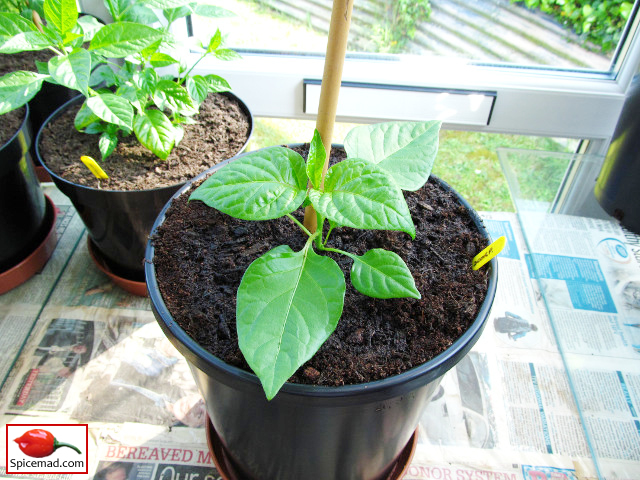 |
| Trinidad Moruga Scorpion - 26th May 2018 |
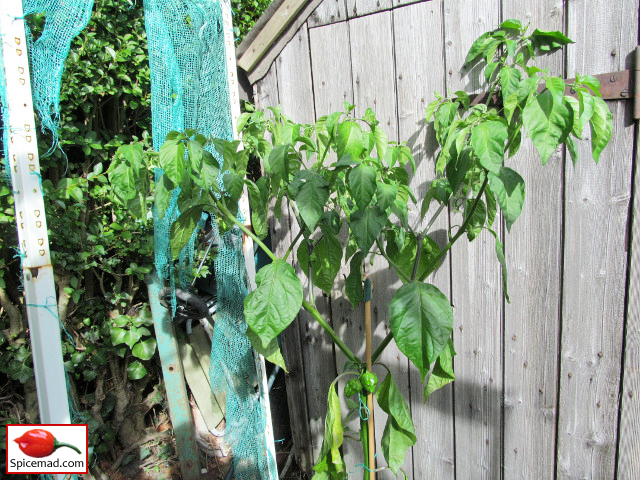 |
| Trinidad Moruga Scorpion - 9th August 2018 |
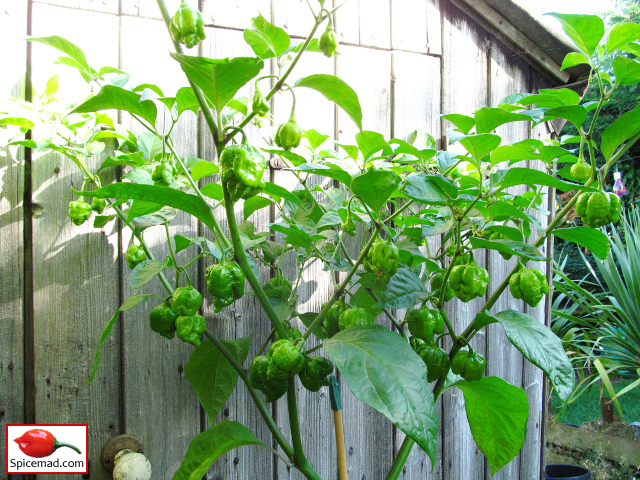 |
| Trinidad Moruga Scorpion - 5th September 2018 |
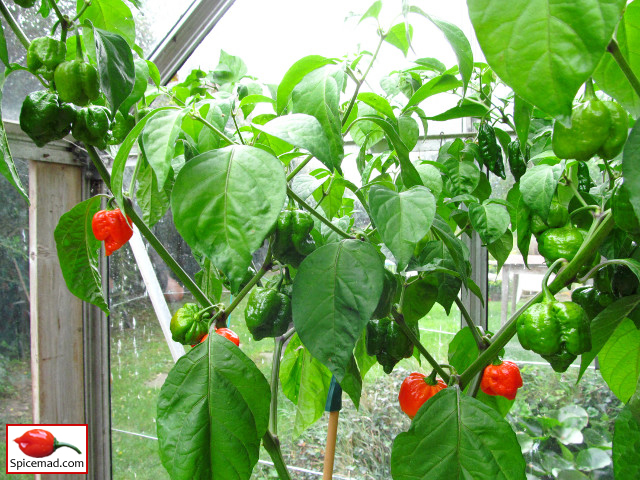 |
| Trinidad Moruga Scorpion - 19th September 2018 |
 |
| Trinidad Moruga Scorpion - 17th October 2024 |
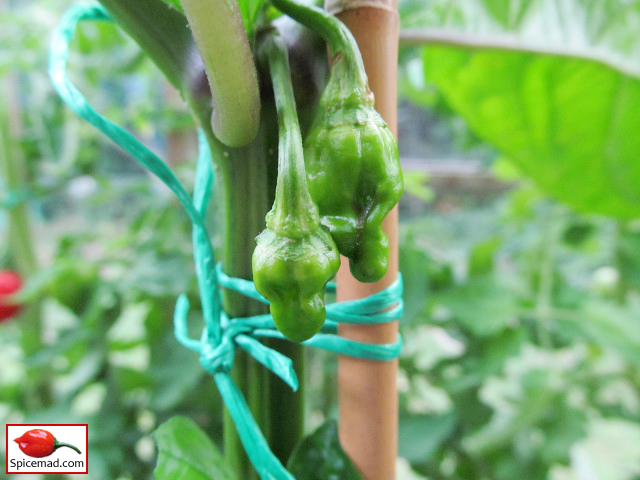 |
| Trinidad Moruga Scorpion - 21st July 2018 |
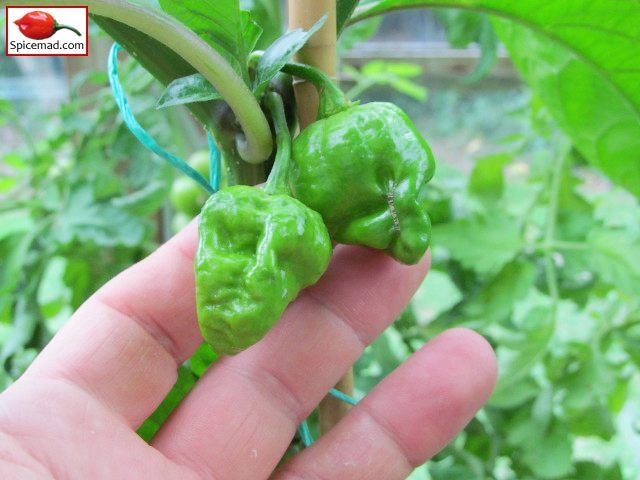 |
| Trinidad Moruga Scorpion - 1st August 2018 |
 |
| Trinidad Moruga Scorpion - 13th August 2018 |
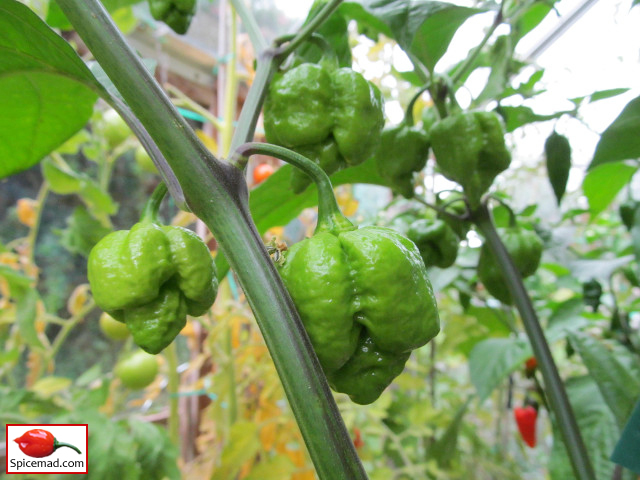 |
| Trinidad Moruga Scorpion - 22nd August 2018 |
 |
| Trinidad Moruga Scorpion - 22nd August 2018 |
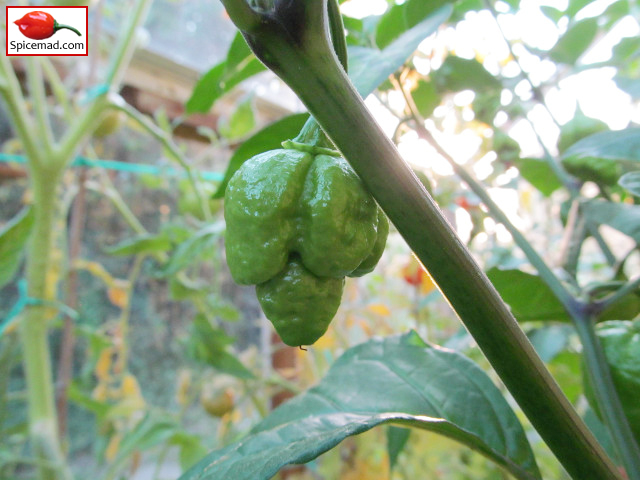 |
| Trinidad Moruga Scorpion - 23rd August 2018 |
 |
| Trinidad Moruga Scorpion - 5th September 2018 |
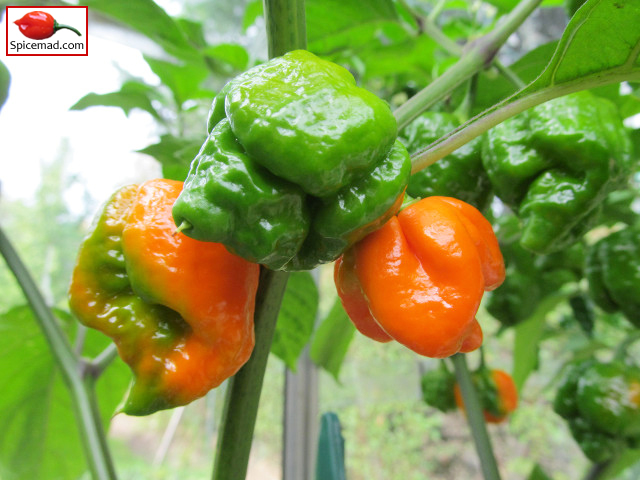 |
| Trinidad Moruga Scorpion - 15th September 2018 |
 |
| Trinidad Moruga Scorpion - 21st September 2018 |
 |
| Trinidad Moruga Scorpion - 19th October 2024 |
 |
| Trinidad Moruga Scorpion - 19th October 2024 |
 |
| Trinidad Moruga Scorpion - 19th October 2024 |
 |
| Trinidad Moruga Scorpion - 19th October 2024 |
 |
| Trinidad Moruga Scorpion - 20th August 2018 |
 |
| Trinidad Moruga Scorpion - 21st August 2018 |
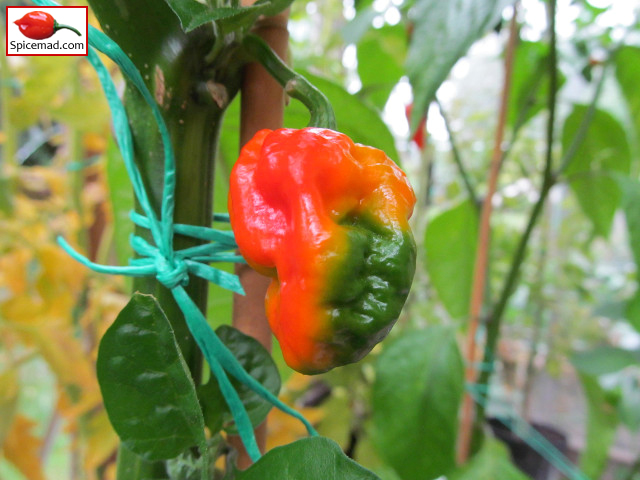 |
| Trinidad Moruga Scorpion - 22nd August 2018 |
 |
| Trinidad Moruga Scorpion - 23rd August 2018 |
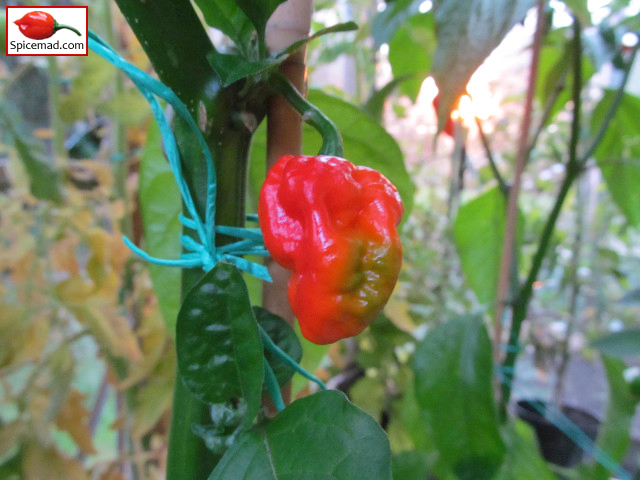 |
| Trinidad Moruga Scorpion - 24th August 2018 |
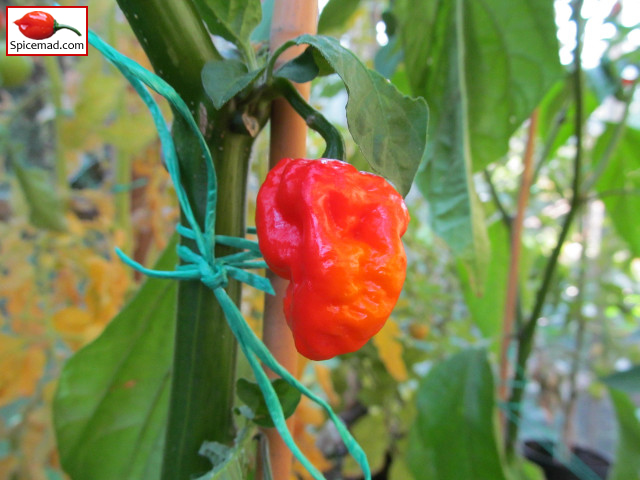 |
| Trinidad Moruga Scorpion - 25th August 2018 |
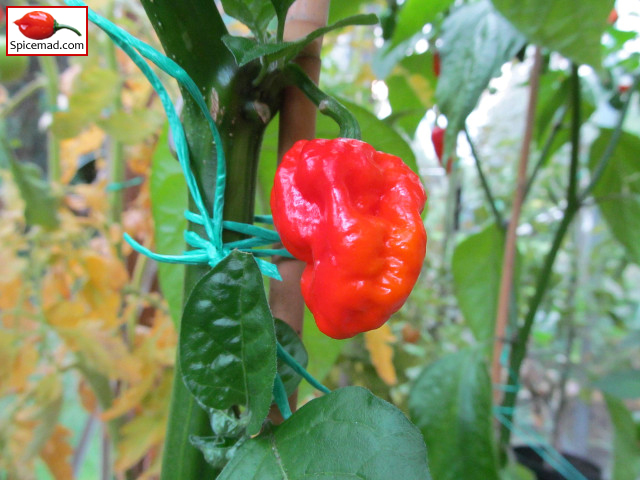 |
| Trinidad Moruga Scorpion - 26th August 2018 |
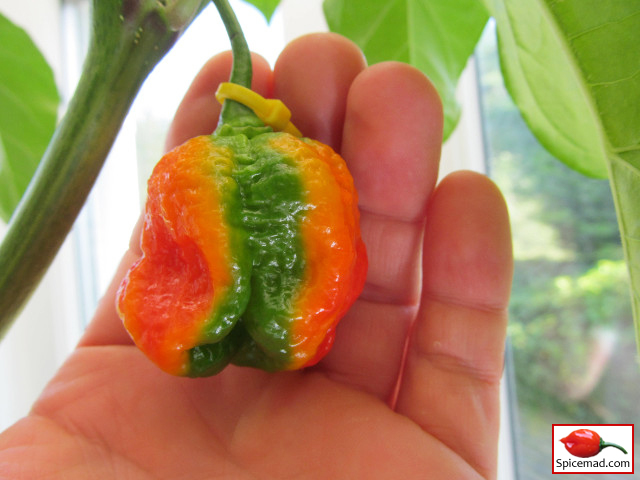 |
| Trinidad Moruga Scorpion - 18th August 2019 |
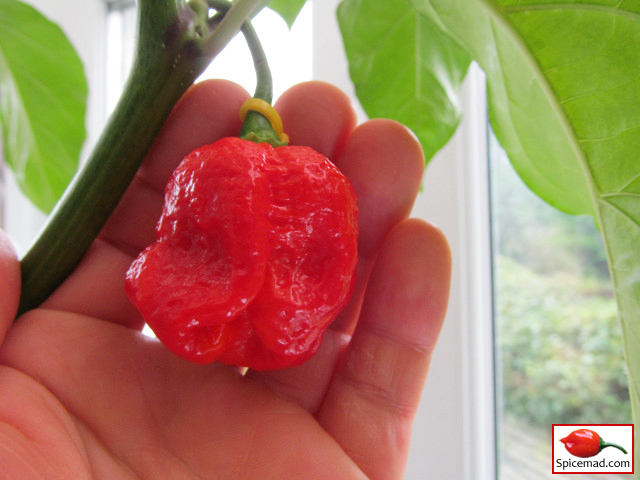 |
| Trinidad Moruga Scorpion - 26th August 2019 |
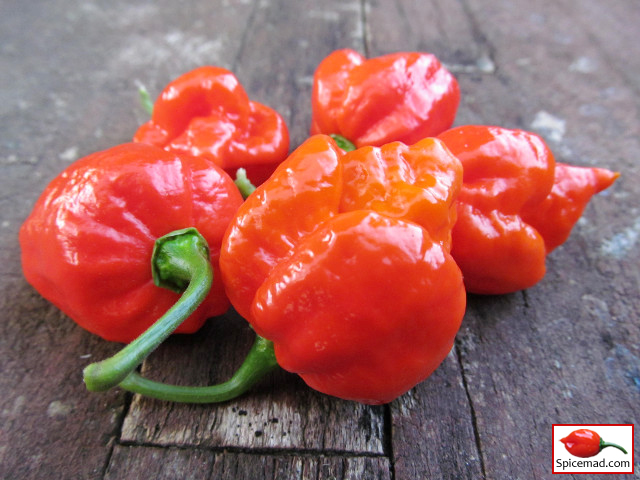 |
| Trinidad Moruga Scorpion - 23rd September 2018 |
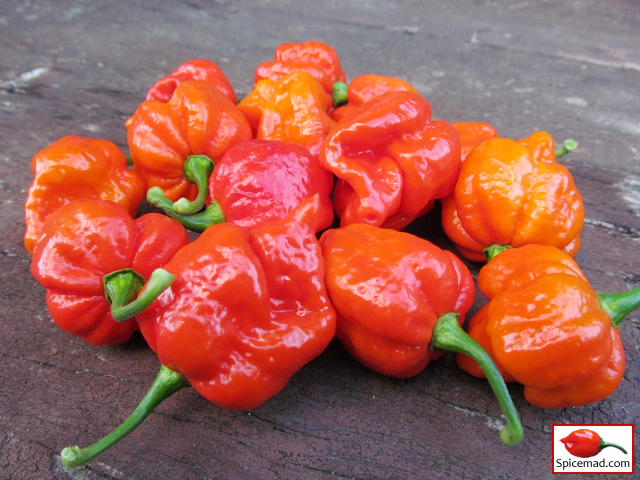 |
| Trinidad Moruga Scorpion - 6th October 2018 |
